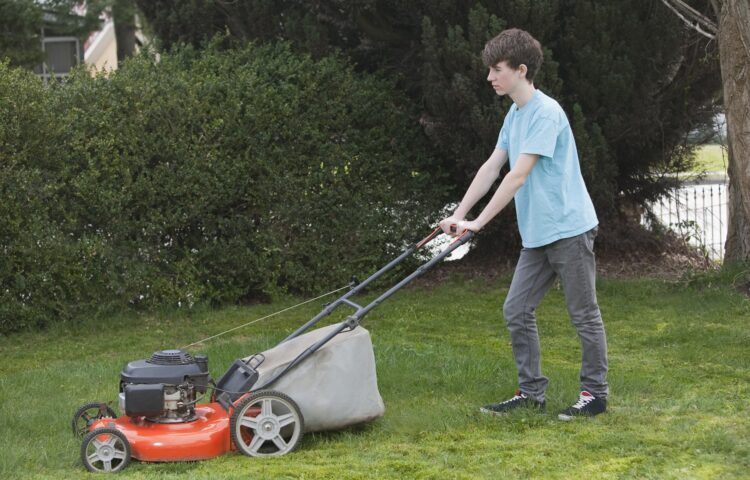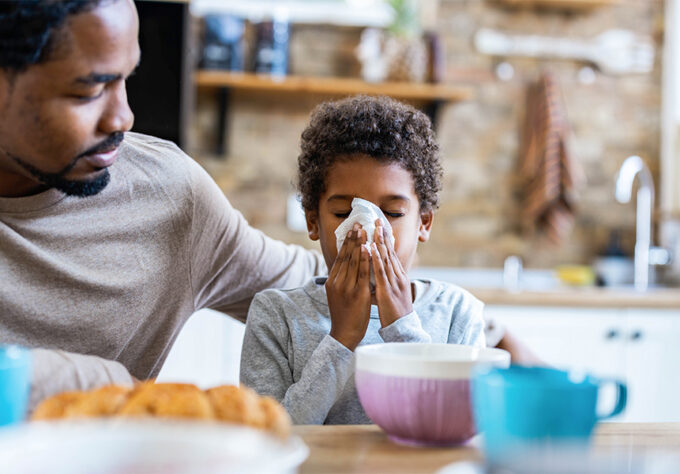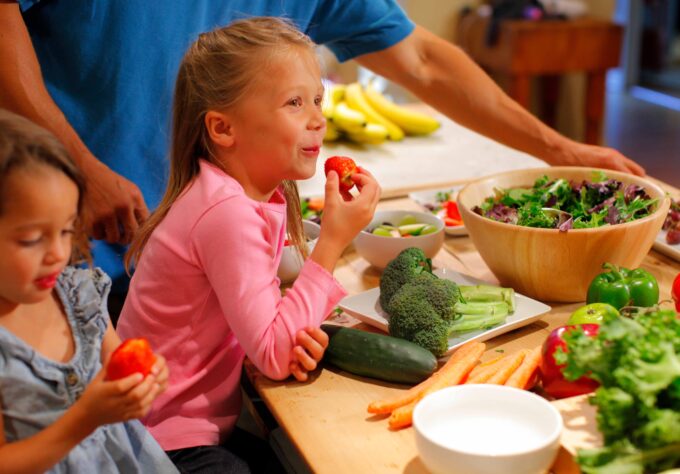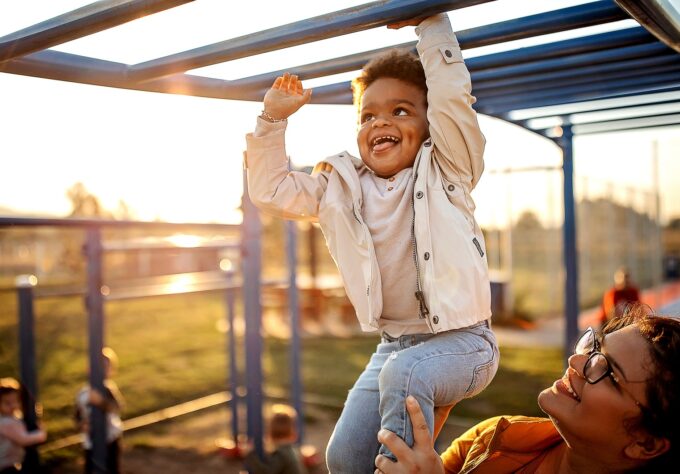Each year you know it’s coming. The transition from a crisp wind to a warm breeze, green overtaking barren trees, longer days, and kids riding bikes and scooters. Winter takes its exit as spring reawakens the outside world. And with the change of seasons, the familiar growl of lawnmowers everywhere!
Each year, up to 4,800 children are injured in lawn mower accidents. And 75 children die each year from lawn mower accidents.
The most common injuries from lawn mowers are cuts, usually to the hands or fingers. Lawn mowers can also kick up rocks and sticks that act as projectiles, which can cause eye injuries or cuts. Kids under five years can get burned by coming in contact with the mower. In fact, passengers and bystanders are more likely to be admitted to the hospital than the person operating the mower.
Lawn mower-related injuries are the most common reason for traumatic amputations in children. These injuries usually happen in the child’s own backyard. They may require multiple surgeries and long hospitalizations for treatment.
As a pediatric orthopedic surgeon, I have seen first-hand the devastating impact these injuries have had, both on the child and the family. The good news? Lawn mower injuries are preventable.
Lawn Mower Safety Tips
- Young children should never be in the yard when a lawn mower is in use.
- Young children should never be allowed to ride on a lawn mower.
When Can My Child Mow the Lawn?
In general, the AAP recommends that children should be at least:
- 12 years of age to operate a walk-behind power mower or hand mower safely
- 16 years of age to operate a riding lawn mower safely
No matter how old your child is, you know them best. Are they mature and responsible enough to understand the risks and follow all safety precautions? Are they strong and coordinated enough to even handle the machine?
Before They Mow
- Make sure that young children are indoors.
- Follow all instructions from the mower’s operating manual.
- Teach your child how to check for the proper conditions. They should not mow in bad weather, like a thunderstorm. They shouldn’t mow wet grass or so late in the day that it could get dark before they finish.
- Be sure to show kids how to check the mowing area for obstacles that could become projectiles by the mower, such as rocks, twigs and branches, or toys.
- Be sure that all safety equipment is properly installed on the mower.
- Stress over and over that, if they are operating a riding mower, NO ONE should ever ride with them as a passenger.
While They Mow
- Only closed-toe shoes should be worn, along with close-fitting clothes. Consider safety goggles and hearing protection for them to wear, too.
- Remind kids to pay attention! Despite the pre-mowing check, there could still be a small stone or toy in their path that might be picked up and thrown by the mower blades. Tall grass can also hide holes in the ground.
- If the mower does hit an object, turn the mower off right away and check it. If the mower is damaged, do not use until it can be fixed.
- If you have a walk-behind mower, show kids how to carefully mow across a slope, not up and down, to avoid slipping under the mower and into the blades.
- If you have a riding mower, mowing should be done up and down a slope, and not across, to avoid tipping.
- Again, it cannot be stressed enough: keep younger children away from mowing. Kids are curious and might want to get a closer look!
After Mowing
Lawn mower safety continues even after mowing is finished. Before storing the mower for the next grass cutting:
- Make sure the mower is off and the blades have fully stopped.
- Carefully unclog the discharge chute.
- Allow the engine to fully cool before adding fuel.



